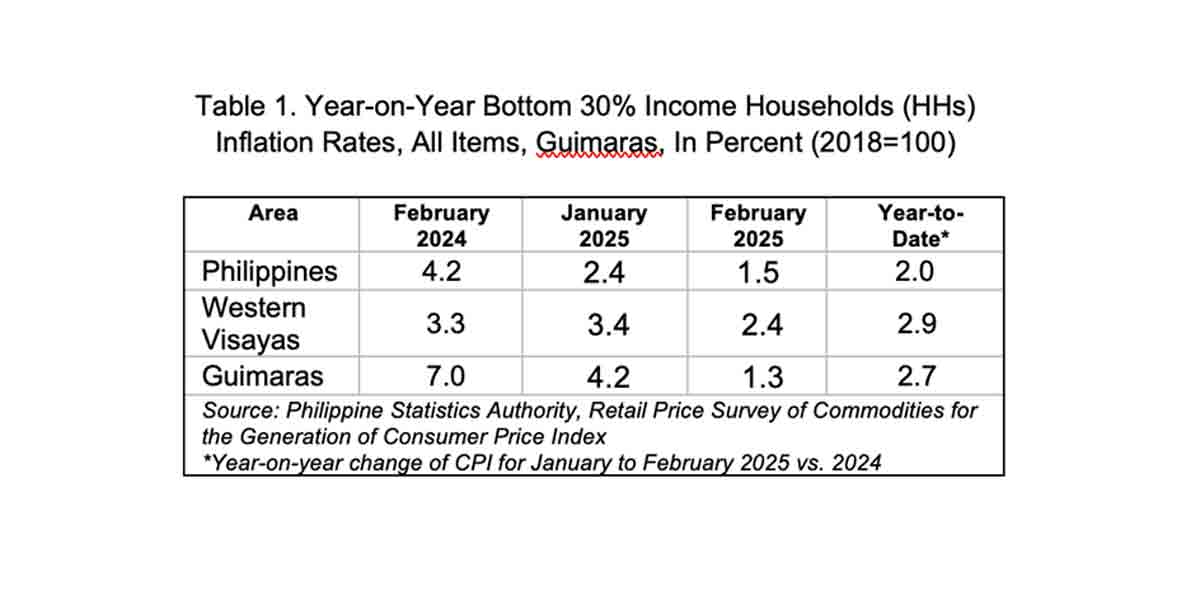By Prof. Enrique Soriano
We remember this line by Dr. Erica Goldblatt Hyatt, “Siblings are our partners and rivals, our first friends, and our first enemies.”
I was asked in a Family Forum in Barcelona if there are conflict prevention mechanisms among family members, especially among siblings, and my reply surprised some of the family members present. I said, “It is not conflict prevention but conflict management. When you look at it, most family conflicts are healthy expressions of dissatisfaction or dissent, and they should be encouraged. How? By way of getting the issue out in the open through honest communication.” There is no way conflict can be prevented. However, the true test of a family’s resolve to harmonize relationships lies in how they can collectively de-escalate any misunderstanding, diffuse the tension and objectively address the issue no matter how sensitive it is. The more difficult and complicated the issues are, the more family members must strive to communicate and talk about them. And the best way to address it is through solid, enforceable governance agreements. Every agreement signed provides mechanisms on how to navigate and mitigate conflict.”
Cain and Abel is the first story of sibling rivalry, and theirs was only one example of many variations. There are sibling rivalries that are superficial. Others border on the competitive nature of the family. Some sue each other over money. On rare occasions, some sibling rivalries even lead to murder. For many family members, they live out their days amid frigid, silent treatment, but all too often, we fail to understand where the deep and destructive conflict came into existence.
Ambani vs. Ambani
When Reliance Industries founder Dhirubhai Ambani died in 2002 without a will, his older son, Mukesh, took over the company as chairman while his younger son, Anil, was made vice-chairman. Mukesh then reportedly tried to push Anil off the board, and tension between the siblings turned into an ugly legal battle, resulting in a de-merger of the company led by the brothers’ mother in 2005.
For the next five years, the brothers continued to wage war against one another, both in and out of court, until their mother intervened again, this time issuing a non-compete agreement between the two in 2010. What really happened? What triggered the conflict? Without a doubt, the main reason was that the founder simply procrastinated. At the time of his death in 2002, Forbes ranked him the 138th-richest person in the world, with an estimated net worth of US$2.9 billion. He believed that there was substantial wealth to be divided amongst the children. He was correct about the size of his wealth, but he was totally wrong in believing that money would be the only source that would cause sibling conflict.
The siblings had visceral, deep-seated issues that stemmed from their childhood, which the founder failed to act on.
Learnings
A well-respected and leading family business advisor, Dean Fowler highlights a critical element in any family conflict involving children, “The rivalry between siblings actively involved in a family-owned business takes two different forms: emotional and strategic. To find solutions to resolve conflicts among brothers and sisters in family businesses, one must first determine if the rivalry is emotional or strategic or some combination of both.”
I second what Fowler said, and if I may inject additional learnings on why united families are successful and less prone to conflict, the answer lies in three things: (1) they have a unifying goal, (2) they communicate openly and formally, (3) they always think about the next generation (clearly beyond their lifetime), with the leaders being smart enough to set up rules and act on them while the family members are getting along and while they are still active.
Believe me, just embracing the three elements can save a family business years or even decades of heartache.






















